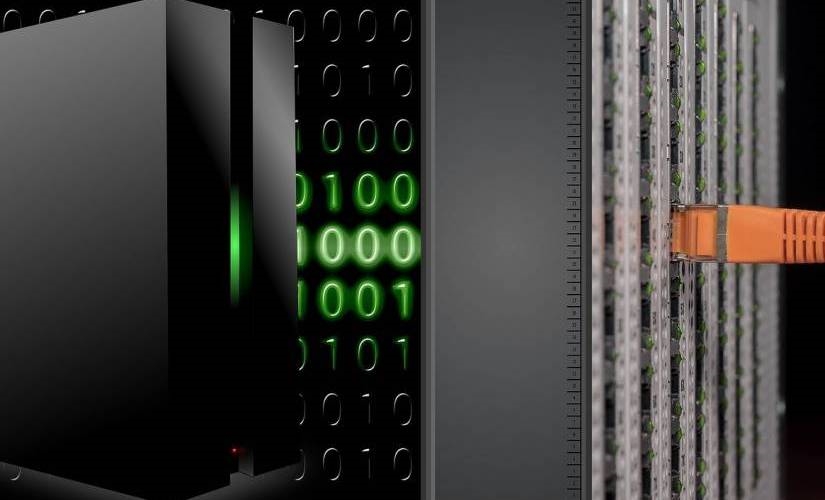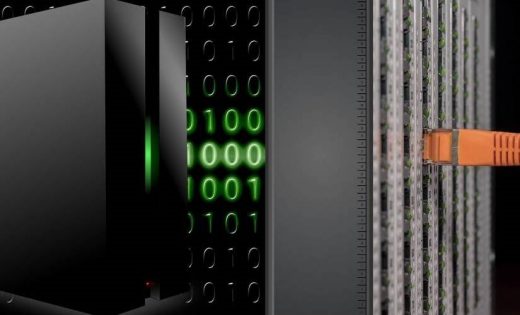Ultimate Guide to Effective Next-Gen Network Security for Organizations
Ultimate Guide to Effective Next-Gen Network Security for Organizations

There has been a gradual but wide-scale shift in the business world, compounded by the movement restrictions and other impacts of the COVID-19 pandemic, to a remote work model. These changes have led to the need for effective next-gen network security for businesses.
As the nature of work changes, there must be a corresponding reevaluation and subsequent transformation of how organizations approach network security.
Ultimate Guide to Effective Next-Gen Network Security for Organizations
Moving work to the cloud via work-from-home policies eliminates the physical boundaries of cybersecurity. Moreover, this extension of the traditional bounds of network security establishes a strong basis for the greater adoption of edge security practices. Apparently, end-to-end security now seems more like edge-to-cloud security.
This transformation is not just about technologies and tools, although those are critical in adapting networks and cloud environments to the new model. Rather, this transformation is, foremost, a change of outlook.
Data and Network Security
With the increase in the number of technological tools at work, including and especially IoT devices, more data is being collected. And the more data is collected, the more effort must be exerted in protecting the information from intruders.
This supports the earlier submission that the new normal in network security is not just around transformation but more an extension. An extension of security capabilities to accommodate the revolution of attack approaches.
Basically, when it comes to network security, like all other organizational processes, business leaders must think in scale. After all, cyber attackers are not backing down; instead, they devise newer and newer means of network intrusion and system destabilization.
Change and Adaptation
It is understandable why some leaders may first prefer to dip their toes into the water; the world has not witnessed this scale of a comprehensive upset in a long time.
Yet, the greater mistake, and one that supports that form of approach, unfortunately, is that many people believe that the time and the current scale of challenges we now face would eventually pass.
However, as the World Economic Forum points out in a paper, “for many companies, the biggest obstacle will not be the technology; it will be the ability to recognize that these short-term disruptions are here for the long-term, if not actually permanent.”
Apparently, business leaders need to think, not in terms of things going back to normal (since they probably never will) but more in terms of adapting to what has been referred to as the new normal or the next normal.
All these reasons establish a strong case for organizations rethinking their strategy to cybersecurity to fit the features of the new world of business, particularly the burgeoning adoption of the distributed work model.
Endpoint Security
Typically, the traditional approach to network security has always been a model where security flows outwards, from the core to the edge.
However, if recent developments in cybersecurity have taught us anything, the edge is just as crucial as the core. Cyber Attackers can stealthily insert malicious code into a system through a ‘small’ breach (an employee’s computer, a connected air conditioning system, or a contractor’s email).
Worse, this malicious implant can remain in the system for several days, wreaking havoc. According to the popular research by IBM, the average time it takes companies to identify a data breach is 207 days, with a further 73 days to contain it.
Apparently, organizations need to shift to a model that secures the edge just as much as the core. If companies had a choice before, now they no longer do, certainly not with the challenges that the pandemic has thrust upon us, requiring immediate and drastic action.
Security-Driven Networking
Going forward, organizations must adopt security-driven networking strategies that enable the development of an integrated security approach for the comprehensive IT infrastructure.
Basically, the network security and the network architecture are fused into one solution, going against the traditionally siloed network security tactics.
Already, there are security solutions that establish this new model of network security. What defines this new generation of cybersecurity solutions is not just the scale of technology, although that is important and present.
Rather, it is the fact that they recognize the changing nature of security and, at their core, are built upon models that adapt to the new demands of cybersecurity. Some of these transformative solutions are explained below.
- Software-Defined Perimeter (SDP): A software-defined perimeter solution ensures better security by restricting network access based on a zero-trust approach. Zero-trust security incorporates the least-privilege, need-to-know, and micro-segmentation models to ensure that the integrity of a network system is maintained. Basically, an SDP controls access based on an established protocol of trust, effectively shutting out any potential intrusion.
- Secure Web Gateway: Gartner defines a secure web gateway as a “solution that filters unwanted software/malware from user-initiated Web/Internet traffic and enforces corporate and regulatory policy compliance.” Basically, a secure web gateway utilizes URL filtering, data loss prevention, and other technologies to restrict access to malicious and high-risk internet locations from the endpoint. It is a critical tool for adapting to the extension of security bounds as identified above.
- Risk-Based Authentication: Risk-based authentication, or adaptive authentication, uses behavioral biometrics to determine whether to grant or restrict access to a network, as well as what level of access to be granted based on the information collected. Passwords have been known for a while to be problematic. RBA is a solution that creates a frictionless and more secure authentication process than passwords and even 2FA systems.
Conclusion
These solutions emerge as better alternatives to legacy technologies such as VPNs and firewalls, whose vulnerabilities are far more exposed now than ever.
Cybersecurity spending has been rising for some time. Yet, cyberattacks have only gotten worse. Back in 2016, a Cisco executive said, “security threats used to be a nuisance; a virus that made your computer crash, for example. But now we’re talking about threats to life and limb, mission-critical systems that cannot fail. So security has to be driven deep into the fabric of this next generation of the internet.”
This begs the question of whether cybersecurity is really a problem of money and technology rather than a problem of strategy and approach.
The post Ultimate Guide to Effective Next-Gen Network Security for Organizations appeared first on ReadWrite.
(49)


